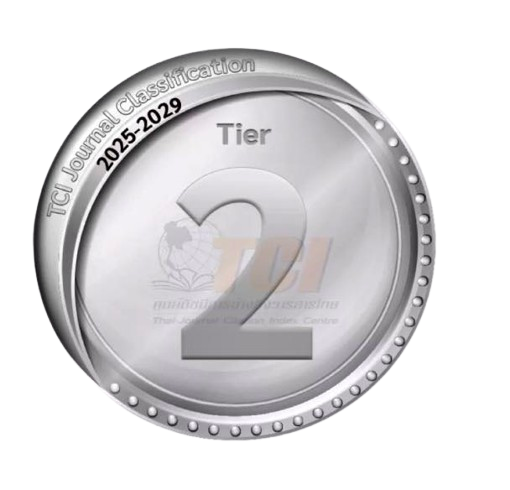A Prognosis of Acute Stroke Patients with Hypertension Treated within and after the First Three Hours, Sungmen Hospital, Phrae Province = พยากรณ์โรคผู้ป่วยโรคความดันโลหิตสูงที่มีภาวะ stroke ที่มารับการรักษาภายใน 3 ชั่วโมงแรกและภายหลัง 3 ชั่วโมงแรก โรงพยาบาลสูงเม่น จังหวัดแพร่
บทคัดย่อ
Background: On account of delayed treatment, acute stroke patients with hype will be at high risk for disability or death. The prognosis study may help obtain vital information for planning the most appropriate protocol for reducing the morbidity and mortality rate.
Objective: To compare the prognosis between acute stroke patients with hypertension who come to the hospital within and after the first three hours.
Study design: A retrospective cohort study of the stroke patients with hypertension who came to the Emergency Room of Sungmen Hospital during October 2014 and September 2016. The patients’ general data, past history, symptoms and treatment outcome were recorded in the medical records program i.e. HosXp. The patients who came for treatment were classified into two groups. The first group is the stroke patients with hypertension who came to the Emergency Room of Sungmen Hospital within the first three hours, the another group is the stroke patients with hypertension who came to the Emergency Room (ER) of Sungmen Hospital after the first three hours. Each cohort was analytically compared with the t-test and the exact probability test.
Results: There were 153 of acute stroke patients with hypertension. 75 patients (49.0%) came to the ER within the first three hours. 78 patients (51.0%) came to the ER after the first three hours. There is no difference between two groups about gender and distance from their house to ER. The faster group (acute stroke patients with hypertension who came within the first three hours) has less average age and less duration of hypertension period than the slower group (acute stroke patients with hypertension who came after the first three hours). Furthermore, the faster group usually had the symptoms in daytime (in the morning to midnight) and had the person in their family for arriving at ER. Obviously, the faster group was more subsequently referred to Phrae Hospital within 30 minutes that it became less morbidity and mortality than the slower group statistically significant (p<0.001).
Conclusion: This study suggested that hypertensive patients at high risk for acute stroke should be provided health education about early warning symptoms and signs activated acute stroke fast track and the emergency number 1669 together with the emergency medical system development.
Keywords: hypertension, Stroke, symptoms and signs, emergency room, risk factor





